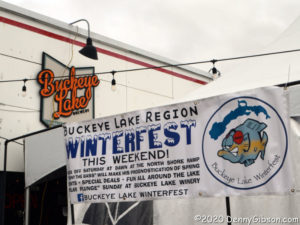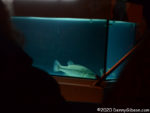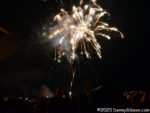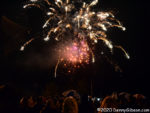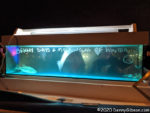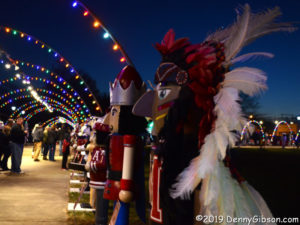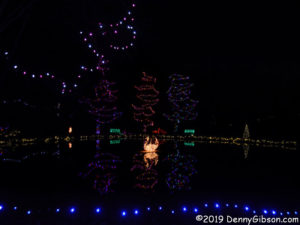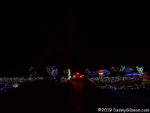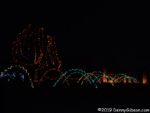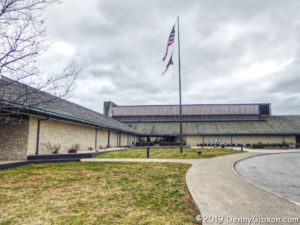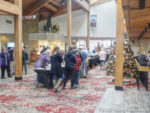 I was understandably alarmed when I first saw the news at right. However, reading beyond the headline reassured me that it was only the program planned for Fort Ancient that has been canceled and that the Sun and Earth and other heavenly bodies are to continue as is. The program was held last year and I attended. It was on a Saturday and the following article was published the next day as the regular weekly post. I am reusing it as a regular weekly post 364 days later, a day ahead of the 2020 Winter Solstice which will occur at 5:02 AM December 21.
I was understandably alarmed when I first saw the news at right. However, reading beyond the headline reassured me that it was only the program planned for Fort Ancient that has been canceled and that the Sun and Earth and other heavenly bodies are to continue as is. The program was held last year and I attended. It was on a Saturday and the following article was published the next day as the regular weekly post. I am reusing it as a regular weekly post 364 days later, a day ahead of the 2020 Winter Solstice which will occur at 5:02 AM December 21.
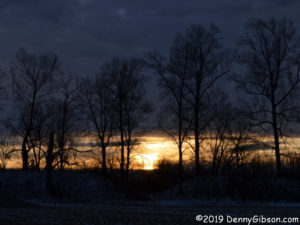 Calendars come and calendars go and Earth just keeps on turning. And it keeps on orbiting, too. The turning bit creates what we call days. The alternating periods of light and dark impact almost all life on the planet and humans adopted the day as a basic unit of measure pretty early on. What we call years comes from Earth orbiting the Sun. There was plenty of time for early humans to stare at the sky and not a whole lot to keep them from doing it. They couldn’t help but notice that things in the sky moved around. In time, some of the more observant among them realized that not all that movement was random and eventually some patterns were noted. I can’t imagine how exciting it was when some smart guy figured out that the sun popped up at the same point about every 365 days. Of course, that “about” would be very important.
Calendars come and calendars go and Earth just keeps on turning. And it keeps on orbiting, too. The turning bit creates what we call days. The alternating periods of light and dark impact almost all life on the planet and humans adopted the day as a basic unit of measure pretty early on. What we call years comes from Earth orbiting the Sun. There was plenty of time for early humans to stare at the sky and not a whole lot to keep them from doing it. They couldn’t help but notice that things in the sky moved around. In time, some of the more observant among them realized that not all that movement was random and eventually some patterns were noted. I can’t imagine how exciting it was when some smart guy figured out that the sun popped up at the same point about every 365 days. Of course, that “about” would be very important.
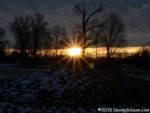 The opening photo shows the sun rising yesterday over a “gateway” in the earthen enclosure at Fort Ancient. The photo at left was taken a bit later and includes a small mound inside the enclosure in the foreground. When the mound, gateway, and sunrise align, sunset will follow sooner than on any other day of the year. This is the northern hemisphere’s Winter Solstice. It is the day when the sun is above the horizon for less time than any other day of the year, and yesterday that amounted to 9 hours, 25 minutes, and 9 seconds. Although we talk about Solstice being a day, it is technically just an instant. It is the moment when the Sun is farthest north or south of Earth’s equator. It happens twice each year and happened yesterday at 23:19 EST.
The opening photo shows the sun rising yesterday over a “gateway” in the earthen enclosure at Fort Ancient. The photo at left was taken a bit later and includes a small mound inside the enclosure in the foreground. When the mound, gateway, and sunrise align, sunset will follow sooner than on any other day of the year. This is the northern hemisphere’s Winter Solstice. It is the day when the sun is above the horizon for less time than any other day of the year, and yesterday that amounted to 9 hours, 25 minutes, and 9 seconds. Although we talk about Solstice being a day, it is technically just an instant. It is the moment when the Sun is farthest north or south of Earth’s equator. It happens twice each year and happened yesterday at 23:19 EST.
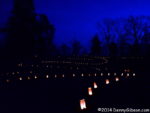 Serpent Mound, another ancient earthen structure containing solar alignments, is a little more than forty miles southeast of Fort Ancient. The serpent’s head is aligned with the Summer Solstice sunset. Body coils align with Summer and Winter Solstice sunrises. For several years, a modern event known as Lighting of the Serpent took place there at Winter Solstice. It was discontinued in 2017. The picture at right is from 2014 which is the only time I attended.
Serpent Mound, another ancient earthen structure containing solar alignments, is a little more than forty miles southeast of Fort Ancient. The serpent’s head is aligned with the Summer Solstice sunset. Body coils align with Summer and Winter Solstice sunrises. For several years, a modern event known as Lighting of the Serpent took place there at Winter Solstice. It was discontinued in 2017. The picture at right is from 2014 which is the only time I attended.
Long before they knew anything about orbits and equators, humans knew the day of Winter Solstice was special. It is the point where each successive day receives more rather than less daylight. It’s the big turnaround that will eventually lead to the warmth of spring and summer. It is clearly a day worth celebrating and it has indeed been celebrated in many different cultures in many different ways.
During their existence, humans have developed a slew of calendar systems. Several actually remain in use today, but the Gregorian calendar is the one most widely accepted. In the late sixteenth century, this started replacing the Julian calendar which had been around for all of those sixteen centuries and then some. The Julian calendar had been created by folks who calculated that a year was 365 and 1/4 days long which was a lot more accurate than an even 365. They came up with the rather clever idea of adding an extra day every four years to balance things out.
We now know that a year is 365.2422 days long. A year is the length of time it takes Earth to orbit the Sun, a day is the length of time it takes Earth to rotate, and neither is adjustable. When the Julian calendar was first adopted, the northern hemisphere’s Winter Solstice fell on December 25 but it slowly drifted away. Someone in authority thought to put an end to this nonsense by declaring December 25 the official solstice. But those non-adjustable orbits and rotations kept doing what they were doing and the official solstice and actual solstice just kept getting farther and farther apart.
The Gregorian calendar, which we have used for roughly 400 years now, put an end to that. Like the Julian calendar, it considers most years to be 365 days long but has a more involved system of “leap years” that add an extra day. The result is that over a long enough period our years will average 365.2422 days in length. Not only did the new calendar eliminate future drift, it tried to correct for some of the previous drift by throwing away ten days. The calendar’s namesake’s full-time job was as Pope of the Catholic Church. Ditching those ten days moved the solstice to December 22 which is where it had been in 325 when the church was founded. Of course, some holidays that had been tied to the official solstice (which hadn’t been anywhere near the actual solstice for some time) would continue to be celebrated on December 25.
Anyone wanting a more complete discussion of calendars, solstices, and holidays will find one here. Additional information on Fort Ancient is available here.





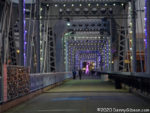

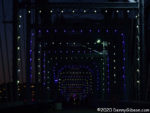

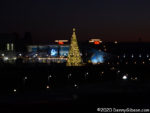


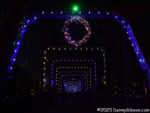




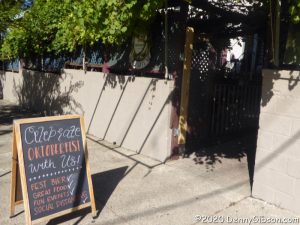
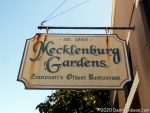




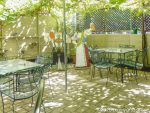

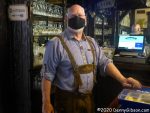
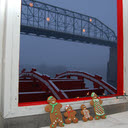
 This post first appeared last year. It is being reused due in part to 2020’s reduced mobility and (apparently) creativity. Articles in
This post first appeared last year. It is being reused due in part to 2020’s reduced mobility and (apparently) creativity. Articles in 
